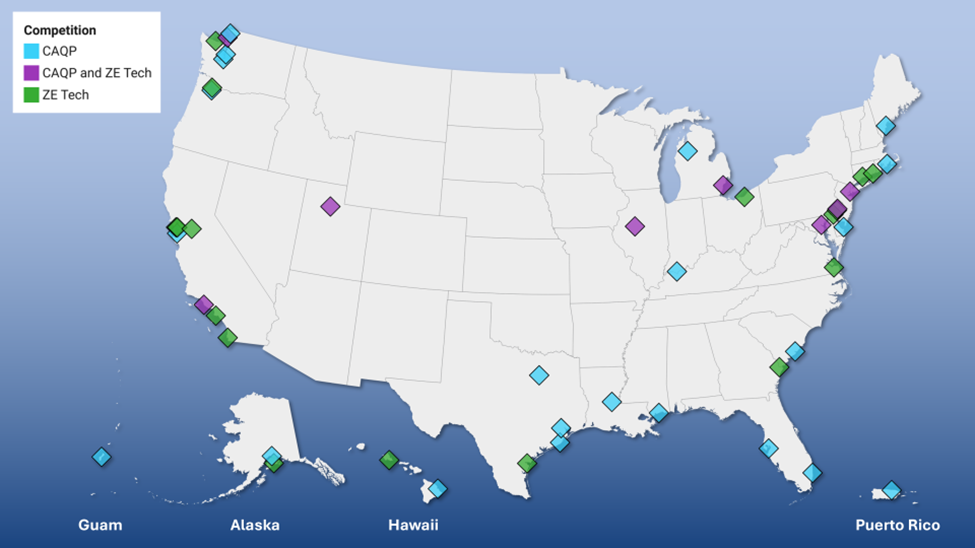Jennifer A. Carpenter is the President & CEO of The American Waterways Operators (AWO), representing the U.S. inland and coastal tugboat, towboat, and barge industry. She is also the President of the American Maritime Partnership.
In her December 20th interview with AJOT, Carpenter addressed the following:
· Restated her support for the Jones Act (Merchant Marine Act, 1921) despite calls by Project 2025 think tanks and others to repeal the Jones Act. Carpenter said repeal would face strong bi-partisan opposition in Congress as 650,000 American jobs would be impacted. Repeal would also pose a national security threat to the United States by allowing foreign owned and manned vessels to operate in U.S. inland and coastal waters
· Hailed bipartisan legislation proposed to reform the commercial maritime and shipbuilding sectors so the U.S. can better compete with China via ‘The Shipbuilding and Harbor Infrastructure for Prosperity and Security for America Act,’ also known as the SHIPS Act.
· The new Water Resources Development Act (WRDA) will authorize improvements for U.S. ports, harbors, inland waterway navigation, flood and storm protection and national water resources infrastructure utilizing the U.S. Army Corps of Engineers. It will also reduce the cost share burden on inland waterways operators and thereby increase investment necessary to upgrade U.S. locks and dams.
· The National Oceanic and Atmospheric Administration (NOAA) plays a vital role in providing weather information that is vital for U.S. mariners and for U.S. vessel operations. NOAA needs to be supported.
· Offshore wind farm developments also need to be supported as they create new U.S. energy generation and new jobs for U.S. mariners including wind turbine installation, repair, and wind port operations.
· The U.S. Coast Guard needs to do more on a number of vital issues: fully implement mariner protections against sexual harassment and assault (including enforcement of the Safer Seas Act), implement new rules for reduced engine room crewing in automated engine rooms of Articulated Tug Barges (ATBs), set standards for vessel discharges and ballast water and finally the National Maritime Center needs an efficient process to review and approve merchant mariner credentials.
· More investment is needed to attract and train young people to work as mariners in brown and blue water vessel operations.










